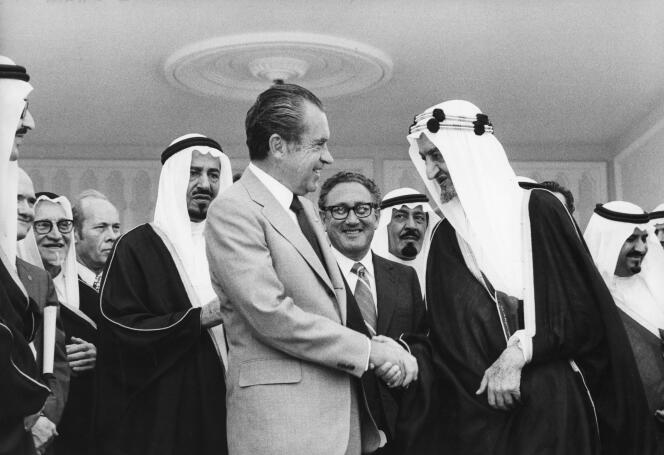


The coordinated offensive launched by Presidents Anwar Sadat and Hafez al-Assad on October 6, 1973, began with 100,000 Egyptian soldiers crossing the Suez Canal, supported by 1,000 armored vehicles.
At the same time, 35,000 Syrian troops, backed by 800 tanks, broke through Israeli lines on the Golan Heights after fierce fighting.
A Syrian commando, transported by helicopter, even managed to seize the station on Mount Hermon, the highest point in the area. Three hours before the assault, Prime Minister Golda Meir had warned the United States about the impending conflict. Israeli intelligence, with informants at the highest levels of the Egyptian state, had no doubt about the situation. However, Moshe Dayan, the defense minister, was convinced that his air force could contain the Arab offensive, and preferred not to mobilize reserves right away.
Dayan's authority was even less disputed given that he was the victor of June 1967, having captured East Jerusalem, the West Bank and the Gaza Strip for Israel in just six days, along with the Egyptian Sinai Peninsula and the Syrian Golan Heights. However, Dayan, still exhilarated by this lightning-fast victory, had failed to take the patient rearmament efforts led by Cairo and Damascus seriously.
Above all, he had not understood that the successors to the two defeated leaders of 1967, Sadat (who succeeded Nasser on his death in September 1970) and Assad (who overthrew Jedid two months later) had to erase the humiliation of the "Six Days," if only to consolidate their power. The relatively slow Israeli response was then attributed to the Yom Kippur holiday, when hostilities began, hence the name "Yom Kippur War" often given to the conflict. The Arab side prefers to call it the "Ramadan War," since it took place during the Muslim fasting month. Historians, meanwhile, opt for the "October War."
On October 8, Michel Jobert, the French foreign minister, responded to questions about his country's position with another question: "Does trying to return home constitute an inevitably unforeseen aggression?" This reaction sparked a heated debate, with future president François Mitterrand describing it as "cynical."
But only Assad hoped to reclaim the Golan Heights by force, as Sadat only resorted to arms to break the diplomatic deadlock and bring about US mediation. Henry Kissinger, just appointed to the State Department, nevertheless convinced Richard Nixon to launch an airlift of military assistance to Israel. Several months after the peace accords in Vietnam, it was out of the question for Washington to allow allies of the USSR to dictate the terms of the negotiation on the battlefield. US deployments to Israel intensified, even as the Golan Heights were being retaken and the Egyptian Third Army faced the risk of encirclement in the Sinai.
You have 45.78% of this article left to read. The rest is for subscribers only.
